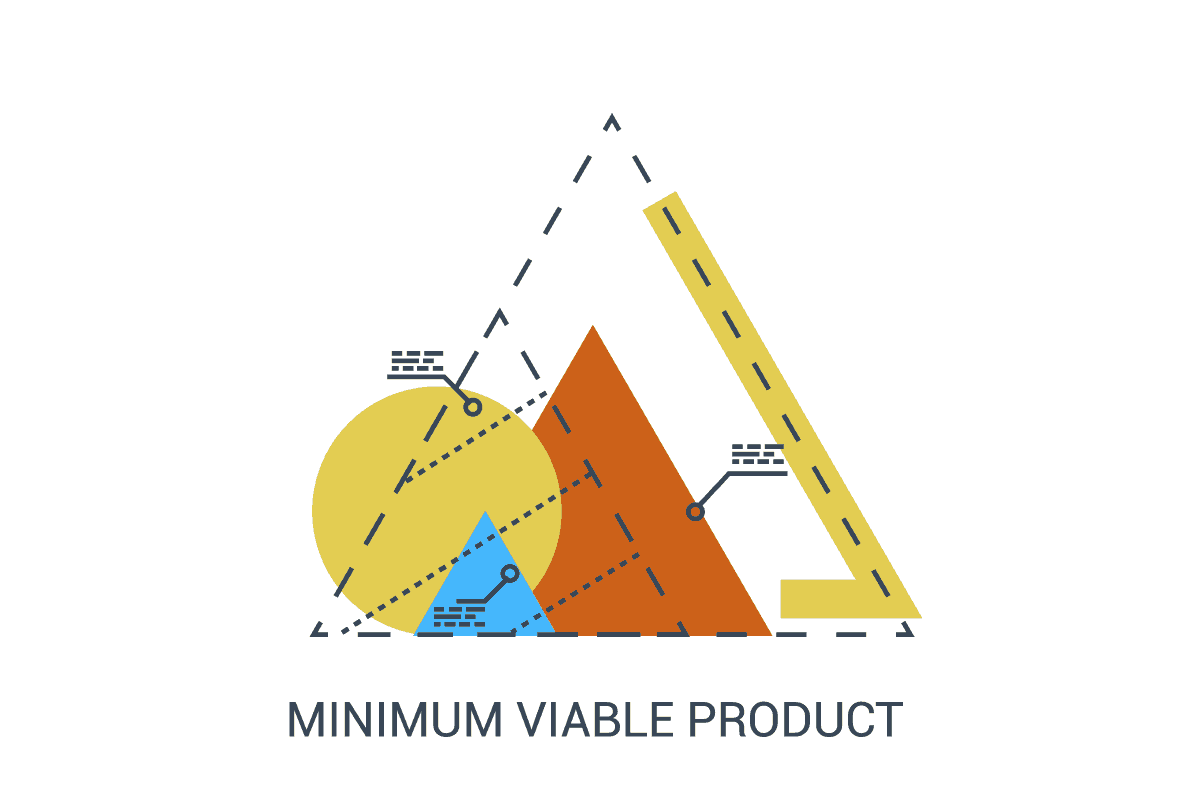Everyday, there’s someone trying to build their startup. Majority of those don’t end up successful. Many of which waste so much time creating products people don’t actually use. These people created items that looked great and worked well but it didn’t work out. Why? This is what happens when you don’t validate your product at all or even just, correctly.
This is why it’s important to discuss market validation especially if you’re looking into creating your own products.
What is Market Validation?

validation market eoi digital
Market Validation is the process of deciding if your product is interesting to a certain target market. Market Validation consists of a bunch of interviews with the people in your desired target market. It also usually transpires before you make a sufficient investment into creating your product or service. By doing so, you are able to gain a better understanding of what your market wants and you can then create a better product.
Generally, people have a single objective when they do this. It normally consists of verification of the target market or of its value statements. Attempting to achieve both of these in one market validation brings upon too much variables. It can then result to a weaker market validation value.
What’s the best way to validate it?
There are a variety of options when going into validating your products but the most effective way is through building a PoC (Proof of Concept or MVP (Minimum Viable Product).
What is PoC?

proof of concept lean market validation
Proof of Concept is done to focus on whether a certain idea can be turned to reality. It’s meant to measure the idea’s feasibility and verify that the idea will work out as it was envisioned. It may also be referred to as proof of principle. It’s goal is not to measure the market demand or to find out the best production process.
Its focus is on testing if the concept itself is viable. Those involved in the process have the chance to explore its potential to be produced or developed.
What is MVP?

mvp minimum viable product
A minimum viable product (MVP) is a technique for development wherein a new product is created with enough features to satisfy early users. The actual and final product with the full set of features is only designed and made after the feedback obtained from these initial users. In a way, it’s the most pared down definition of the product that’s still acceptable for release. It has three major characteristics:
- Sufficient value for people to use or buy it
- Shows enough benefit in usage for early users
- Capable of providing feedback loop to be used in future development
The risk in this technique is that it assumes that these early users are capable of seeing the final product or vision. This is vital so that they can give useful and valuable feedback required for developers to progress.
Let’s get Started!
1. Note down your Product Concept

product concept
Who is your customer?
If you’re thinking about answering ‘everyone’, this already puts you at a pretty rough spot. It’s important to get specific. If you’re a B2B, ask yourself: what types of businesses? What are the scales of these businesses? Is there a specific industry? What job does the buyer have?
What issues are you solving?
There are a lot of startups and brands that think about the product first. They stress over features then launch the product and are left to wonder why it didn’t get enough attention. It’s probably because they didn’t start with the problem first. You have to be specific with what problem your product is solving. When you write down these issues, you can then evaluate if your customers also view them as issues. More importantly, ask yourself if these are problems worth solving for your customers.
How will your product address these problems?
It’s only after writing down these problems can you then move onto the product. At this point, you have to directly correlate your product to the customer’s problems. How will this solution improve their lives? Will they save money? Look better? Achieve their advocacy?
What are the key features of this product?
These features aren’t just for show, it goes past being ‘cool and trendy’, it has to address specific problems. The more quantitative, the better. This is why the Minimum Viable Product is important to consider. This allows you to limit the features down to its core, as you only need to provide enough value for people to buy it.
2. Identify your Target Market

target market lean market validation
In order to get started on your market validation, you must first know who your target market is. While it’s possible to conduct the market validation with a variety of target markets, it just wouldn’t be productive. You should narrow it down to one if you’re testing the positioning or two if you’re testing the target market.
In order to define it the best that you can, you should first answer the following questions:
- Why types of industries do my potential customers work in?
This is important so you know whether the people in this industry are actually responsive to your product and if there’s actually a niche of apps or software like yours. If so then that would make it more likely for your brand to be purchased by people.
- What’s their job title?
At this point, you may get an estimate of how much these people are earning and how much they’d be willing to pay for your product. Your product may be extremely useful to them but if it’s out of their budget then only a limited amount may end up buying it.
- How does your product improve their lives?
While novelty pieces do sell, they usually just reach a quick peak and fade out of the limelight as immediately. By providing something that solves an issue for people whether it be for practicality or even emotionally, you are already able to increase it’s value by so much more.
- Where can you find them?
Make sure to narrow your target market and position them before you go into market validation.
3. Map out to the Solutions and Obtain Feedback
With this, you have to brainstorm effectively on how to solve each problem that people encounter in the first step. There will most likely be a multitude of ways to solve every issue. Get into the details of every aspect from the aesthetic to the wireframe of the project. These are all vital in creating an effective solution.
After the brainstorming, you can analyze and evaluate per solution to see how it comes out to be. Consider the cost, competition, time and technology challengers. When you accomplished this, you now have a better vision of what solutions you should input with the final product.
With this list, you can go start interviewing users and stakeholders and view their reactions and responses towards the problem and your recommended solutions. Get into detail of how you see the product working and request for their feedback. This input is significant as it will help you to move forward.
4. Create a Prototype of your Solution and Test it out

product prototype eoi digital
Knowing what you should build is the first step followed by knowing how to actually build it. From here, you can create the prototype that will combine your solutions and convert it to a rudimentary product.
What is a Prototype?

prototype
Once you compile all the information previously gathered in the early stages of the project, you have a list of the majority of your needs such as the strategy, design and development. These are all relevant for you to create smart and informed decisions with the app.
Having this on paper isn’t enough which is why there needs to be an interactive prototype of the project. This is the only way you can get the look and feel of the product without need to go through an entire creation process. These will be able to take care of the following:
- Screens for core app flows
- User Experience (UX) / Usability of the app
- Special features you want to test out
If you’re looking into creating more detail, you may also go into:
- Polished User Interface (UI)
- Final designs
- Branding
- Copy
You can use this for testing with those you interviewed in the previous step. The prototype should present all the expected features and UI/UX.
When this is built, test it with the interviewees to get further feedback. Document how they user the product to see just how intuitive the interface you provided is. You can take not if you ended up overlooking any vital function.
5. Create the Minimum Viable Product

mvp minimum viable product
The MVP is slightly different from your prototype as it is a completely functional solution you can actually release for everyone to use. While it only includes the essential features to solve your main problem previously identified, it should still function for the user well. It should be the core of your final product basically.
It will give you the chance to test the product past the small group of interviewees you’ve been using. You can go onto a wider group that still imparts the representation of your market. It gives you the chance to get more feedback that will inform you if your product responds well to the users even in its current iteration.
6. Design your Roadmap

roadmap
Among all this information you’ve obtained with all the steps, you can then create a roadmap. This will go into all that you’ve learned and point towards a step-by-step process on how to build the product. This roadmap will function like a set of blueprints for the building construction. Through this roadmap, everyone is guided and kept on the same page from the very beginning. You can also give people a clearer picture of your end goal and make it easier for everyone’s visualization.
